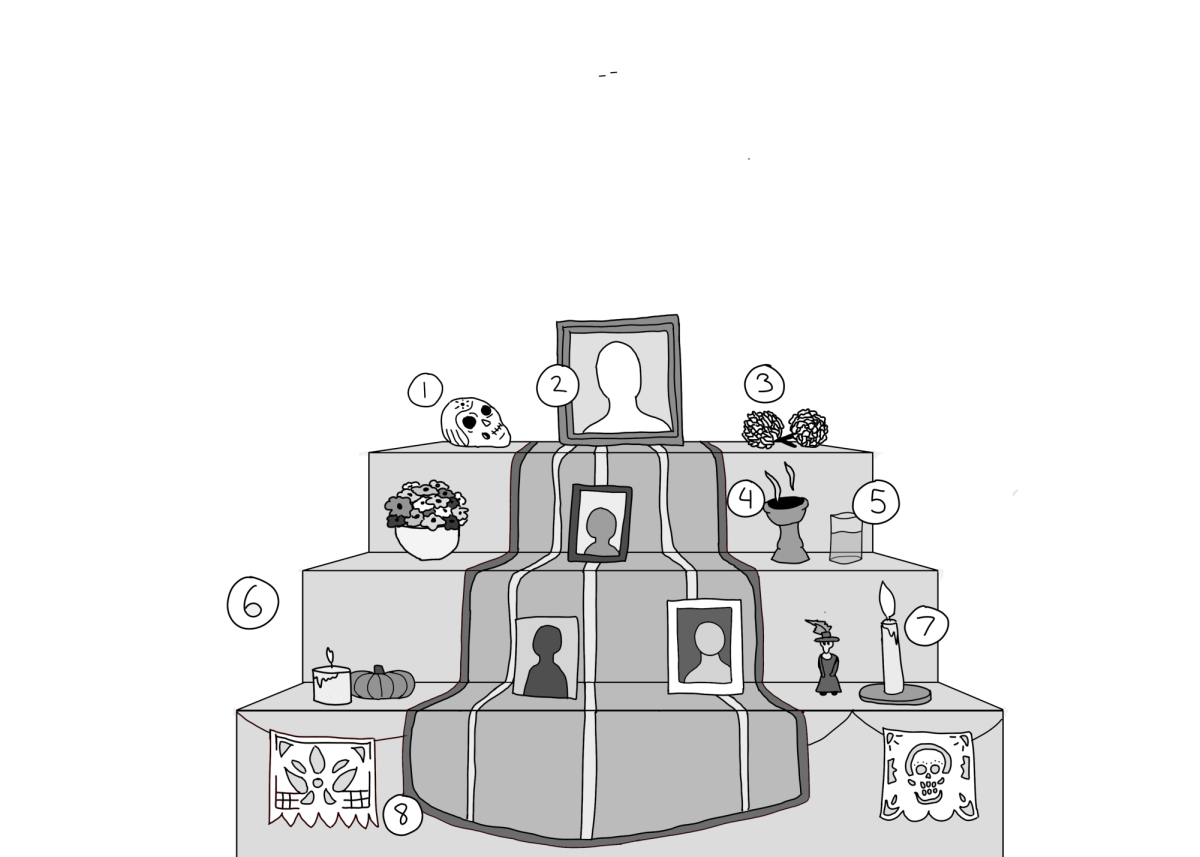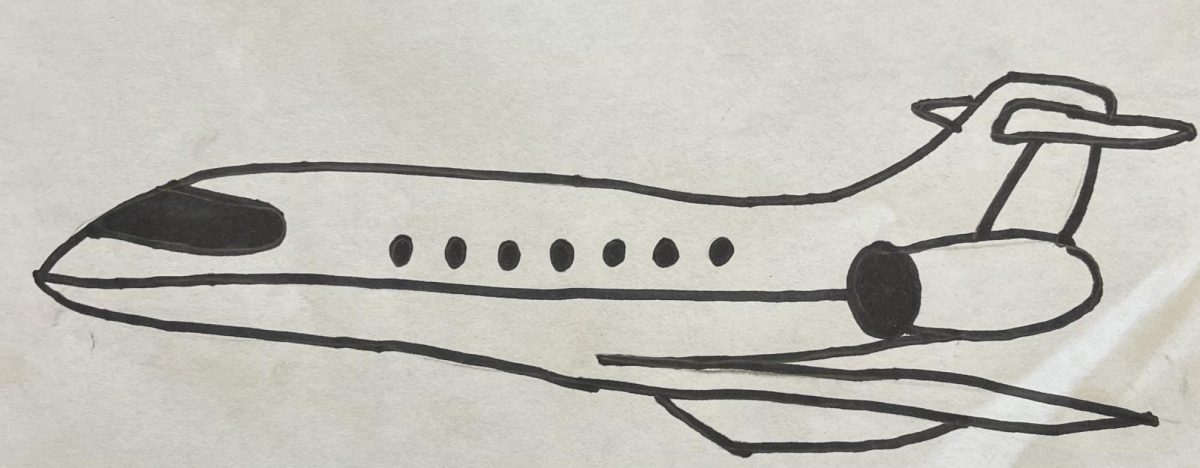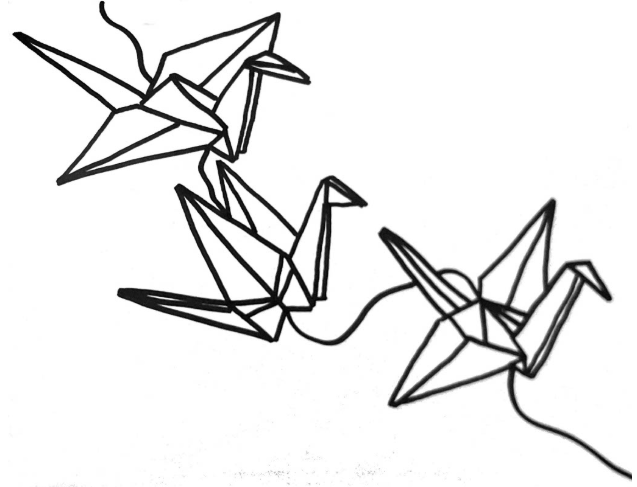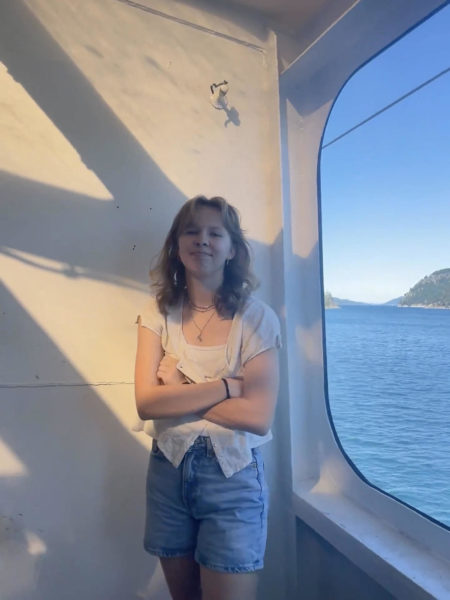A Word from Razas Unidas
Razas Unidas, Garfield’s Latinx affinity club, serves as a place for students to connect and learn about Latinx culture. The club meets every Wednesday during lunch and welcomes everyone. As Día de los Muertos approaches, the club has organized the creation of a collective ofrenda for the Garfield community. A central component of the holiday, ofrendas are a collection of culturally significant offerings that are added to an altar.
The club gave presentations in various classes around Garfield to teach students how to make flores de papel, or paper flowers, for Garfield’s ofrenda. Students were also encouraged to add personal objects of significance to honor late loved ones. During the first few weeks of November, this unified effort will result in a colorful array of flores de papel, cultural foods, and framed images that surround the bronze bulldog statue by the front door of the school.
Gisselle Ramirez Osorio and Shala Cortes, two of the club’s Senior officers, shared their personal memories of Día de los Muertos. It is a “time to connect with your family and your passed loved ones,” Ramirez Osorio said. To honor her grandfather, her mother carries on his tradition by making bread every year. “I feel very connected to my grandpa because we use his recipe,” Ramirez Osorio said. Cortes also shared a similar story that connects food to the holiday. Her family makes tamales every year for Día de los Muertos because her late uncle loved them. The holiday acts as a time to memorialize those who have passed. It’s an opportunity to “keep their memory alive” by doing the things they did when they were alive, Cortes said.
Following Día de los Muertos events, Razas Unidas plans to hold an Antojitos Fest in November. Antojitos directly translates to ‘little cravings’ and refers to various Mexican street foods. The Fest is open to everyone and aims “to bring the whole Latinx community together or anyone that identifies as Latinx,” Ramirez Osorio said. The event will be a celebration of Latinx Heritage Month and will allow attendees to connect and meet new people.
Seattle Celebrations
Seattle Center Festival
If you are looking for a place to celebrate, check out Seattle Center Día de Muertos Festival! The Armory Food and Event Hall is hosting an event from 11 am to 6 pm on October 28-29. Since 1998, this event has grown into a celebration for the entire Puget Sound community. There will be beautifully crafted alters, emotional performances, colorful face-painting, hand crafted art, and sugar skull workshops. Seattle Central is proud to share this special day’s culture, history, and traditions.
El Centro de la Raza
If you can’t make it to the celebration that weekend, El Centro de la Raza has another option the following weekend. The eighteenth annual Día de los Muertos celebration is on Saturday November 4, from 11 am to 5 pm. The festival is free and welcome for all ages. El Centro de la Raza has served the Latinx community of Seattle and Federal Way since 1972. They are passionate about creating a “beloved community,” a term created by Dr. Martin Luther King Jr. that speaks to a community free of racism, poverty, and hate.
Catrinas Festival
From November 2 to 5, Town Hall is hosting a Catrinas Festival. Tickets are $30-40, and from 3 pm to 9:30 pm the venue will be filled with with the sounds of Mexican music and sight of local entrepreneurs selling traditional food, offering face painting, and presenting handcrafted art pieces. Over 200 Catrinas directly from Mexico will also be displayed at the festival. Guests are encouraged to fill the communal ofrenda with photos, flowers, candles, and mementos from their late loved ones. Every night at 6:30 pm a world renowned Mariachis, Estrella de México, will give a performance.
Structure of an Ofrenda
- Sugar Skulls: Calaveras de Azúcar add lots of color to the ofrenda with their variety of icing patterns and occasional glitter covered details. They are a representation of the departed souls of the celebration.
- Portraits: The top of an ofrenda is frequently reserved for framed portraits that identify loved ones the offering is for. These often commemorate the person at the prime of their life and is an essential component of the journey each visiting soul embarks on throughout the holiday.
- Marigolds: Flores de muerto, or flowers of the dead, are central to many Día de los Muertos traditions. Their vibrant color and inviting fragrance is thought to attract the souls of loved ones to the ofrenda.
- Copal Incense: The strong aroma of incense is regularly used to guide loved ones to an ofrenda. The use of copal incense dates back to Mesoamerican civilizations, such as the Mayans. It uses resin derived from the copal tree that is burned in a clay incense burner. On the ofrenda, it symbolizes the transformation from physical to supernatural as well as purifies the site.
- Water: A glass of water is placed on the ofrenda to quench the thirst of journeying spirits. Water also acts as a symbol of purity and life.
- The ofrenda’s layers: The most common ofrenda structure includes 3 ascending layers. Each layer has a respective meaning. The upper most layer represents heaven, the next is the earth, and the last layer is the underworld. Some ofrendas can even have up to seven layers that each represent a destination along the journey to Chicunamictlán, or the Land of the Dead.
- Candles: A candle provides a source of light and warmth to guide spirits in their return. Additionally, it incorporates the element of fire into the ofrenda.
- Paper Banners: Papel Picado are decorative flags trace the outline of the ofrenda and serve as a symbol of the element air. Carefully crafted designs are etched into the negative space of the colorful paper. These banners commonly includes imagery of flowers, birds, and skulls.






